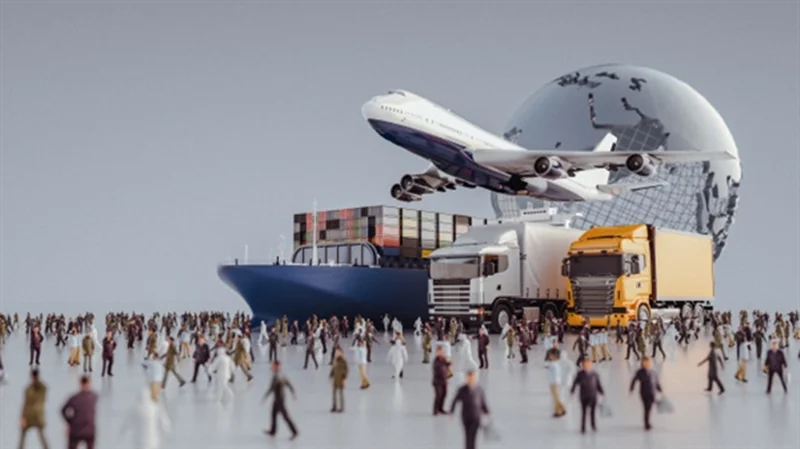Let us talk about logistics and cargo:
- Ocean – ocean freight is less expensive method of shipping goods specially when the size or volume of shipment is big. This method is very economical compared to Air Freight; however, it will take a lot longer for the cargo to reach the destination as compared to Air Freight. Some of the benefits of Ocean Freight include: Large Volume shipments, most environmentally friendly among all modes of transport, extensive coverage all over the world, economical. Some examples of products that are transported thru Ocean Freight includes the movement of commodities such as Agri-products (wheat, maize, soya, etc.), coal, iron ore or for wet bulk products such as crude oil and petroleum. Ocean freight is also a preferred mode of transport for the movement of high volume and heavy cargo such as minerals, metals, ores, steel coils, etc. which would be impossible to move by air freight.
- Air – Air Freight is a critical mode of transport. It serves markets and supply chains that demand speed. Air cargo is one of the most expensive mode of transportation due to the speed and fuel requirement. It also has size and weight limitations. The key benefits for this mode of cargo transportation are as follows: fast transit, less handling of cargo, less documentation process, reliable arrival and departures, more secured way of transporting cargo.
- Rail – Rail Shipment is an environmentally friendly way of transporting goods due to less fuel burned per ton-mile than other vehicles. The other benefits of using rail freight includes the following: reliable transit time, most efficient form of land transportation, Fast and cost-effective deliveries over long distances, has a strong safety record and helps in alleviating road congestion, thus lowering emissions. There are other fees that is incurred with Rail Transport as you have to spend for road delivery at the end of the rail transit as well as lift cost to transfer the container between the train and the road vehicle. On average, longer journeys tend to be less expensive by rail, and shorter journeys are less costly by road.
- Road – Road transportation is the most common mode of transportation. This method is cost effective, quick and scheduled delivery, local, long or short haul deliveries even in rural areas, flexible service, saving in Packing Cost compared to other modes, track and trace of cargo and truck, complete door-to-door service and it is one of the more economical means of transport. However, truck transport is limited somewhat as to what it can carry by the size of the vehicles used and by size and weight restrictions. Another limitation is that it is affected by weather, road conditions and traffic.
- Multimodal - Another option to keep in mind is multimodal solutions – the utilization of more than one mode of transport. Multimodal is a combination of different modes of transportation such as rail, road, and sea which allows the customer to cost-effectively manage shipments from start-to-end, ensuring optimum care and efficiency every step of the way. The key benefits for multimode are as follows: Cargo can be moved to any part of the world using multiple modes of transport, reduces the distance for the goods between the manufacturer and consumer, customers can deal with one entity to handle all modes of transport under one document, efficient and cost-effective delivery options.







Write your comment